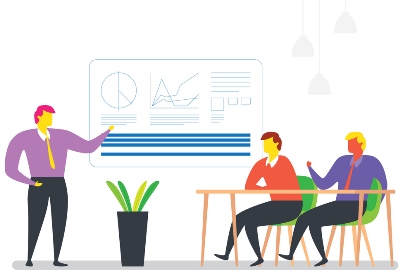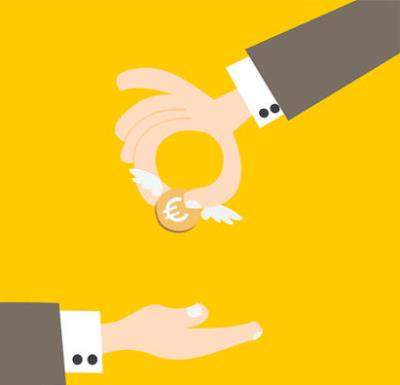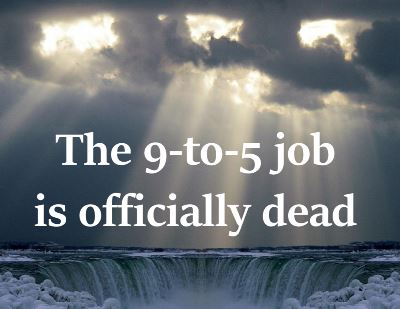Since the inception of the concept by Richard Dawkins in 1976, memes behaviors have been considered analog to genes in their way of reproducing and evolving. This Gapingvoid post ‘the mean meme‘ reminds us that when one wants to design memes that spread, those need to have certain characteristics. And that memes are selfish: they can spread whether they are useful or harmful.

According to Wikipedia a meme is “an idea, behavior, or style that spreads by means of imitation from person to person within a culture and often carries symbolic meaning representing a particular phenomenon or theme.”
The Gapingvoid post reminds us that “Memes, like genes, are designed to be spread. Which means they must take on characteristics most likely to ensure spreading. There is art and science to how this is done.”
Luckily the art of creating a meme is not yet infallible although many people work daily on this (advertisement agencies or book writers, for example). There is a lot of psychology involved.
Memes are necessarily tainted by culture and education, and they also may need to evolve with our knowledge and understanding of the world.
The post also reminds us that “memes, like genes, are selfish. They don’t care about us.” Bad memes can also spread if they have the right characteristics, and it is up to us to be alert to keep them under control. And there are definitely also some specialists in creating harmful memes around.
We should probably try to be better at recognizing memes and their origin, and also better analyzing if they are useful or harmful. In any case this concept leads to some fruitful consideration of what our culture is made of.











